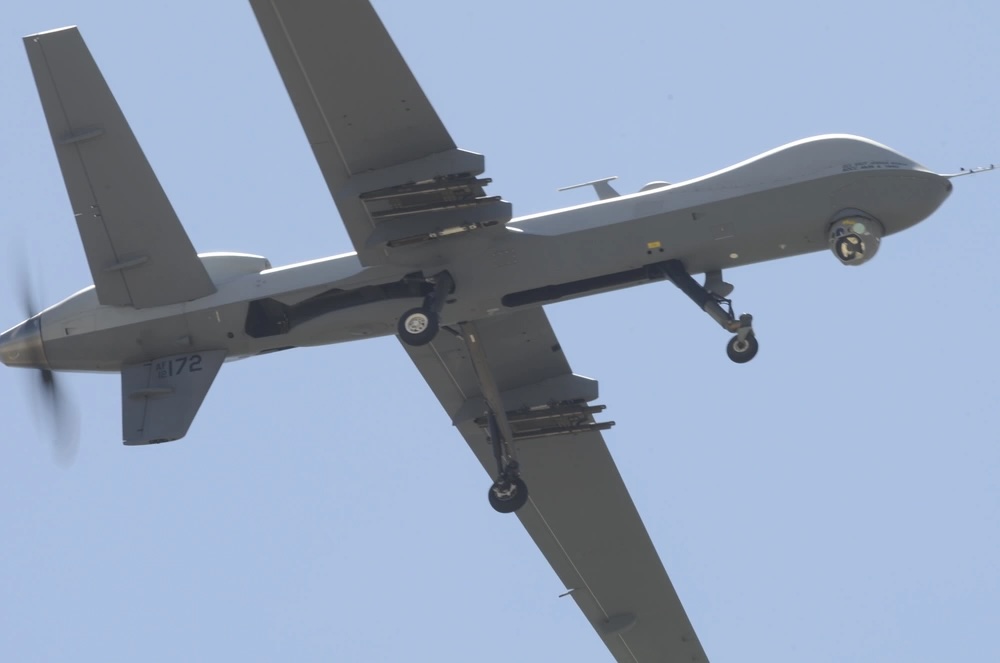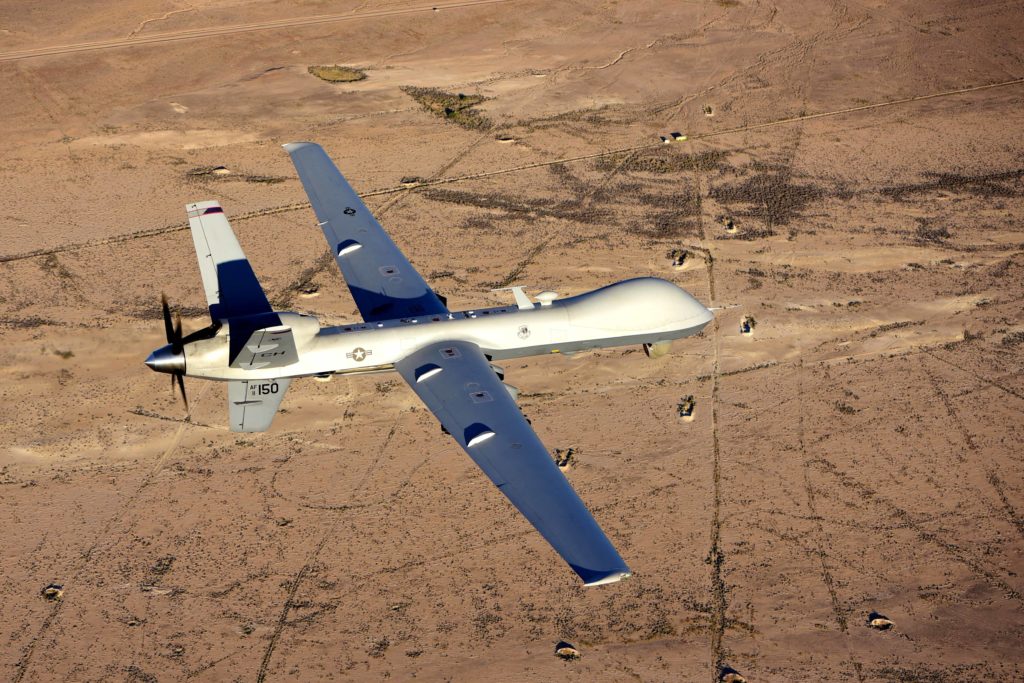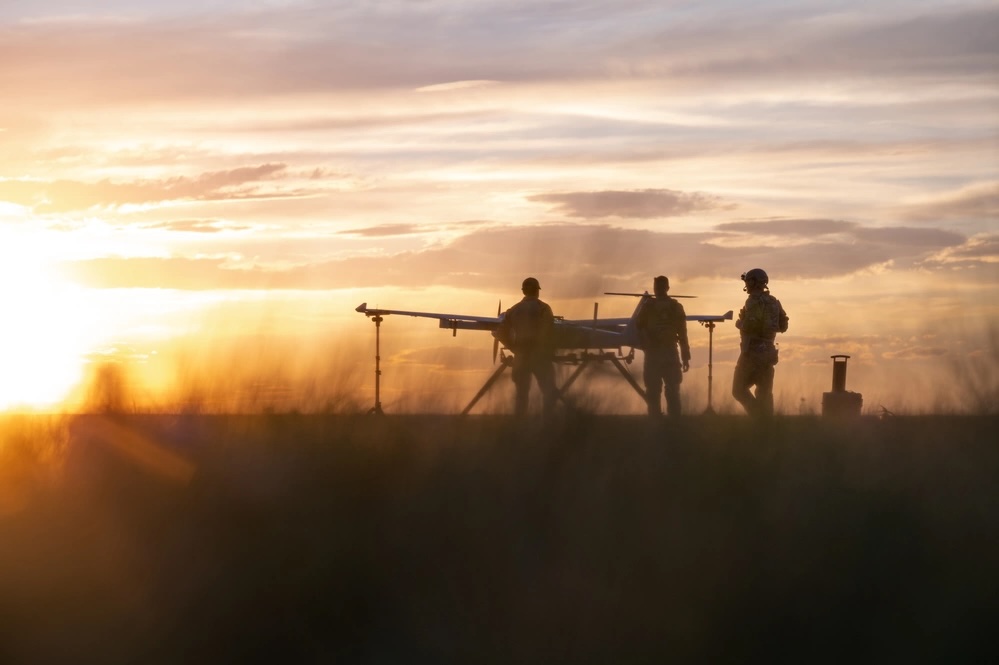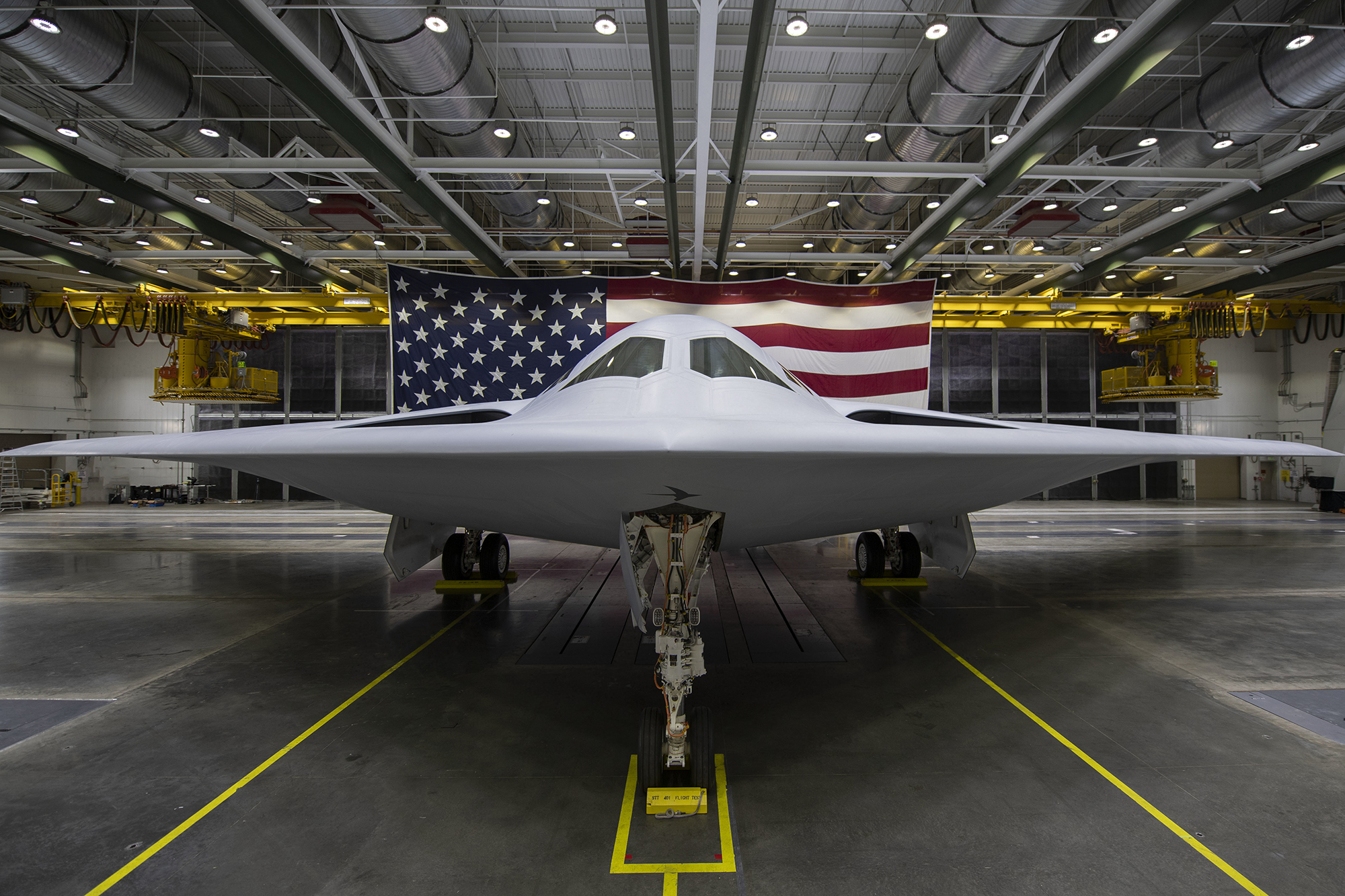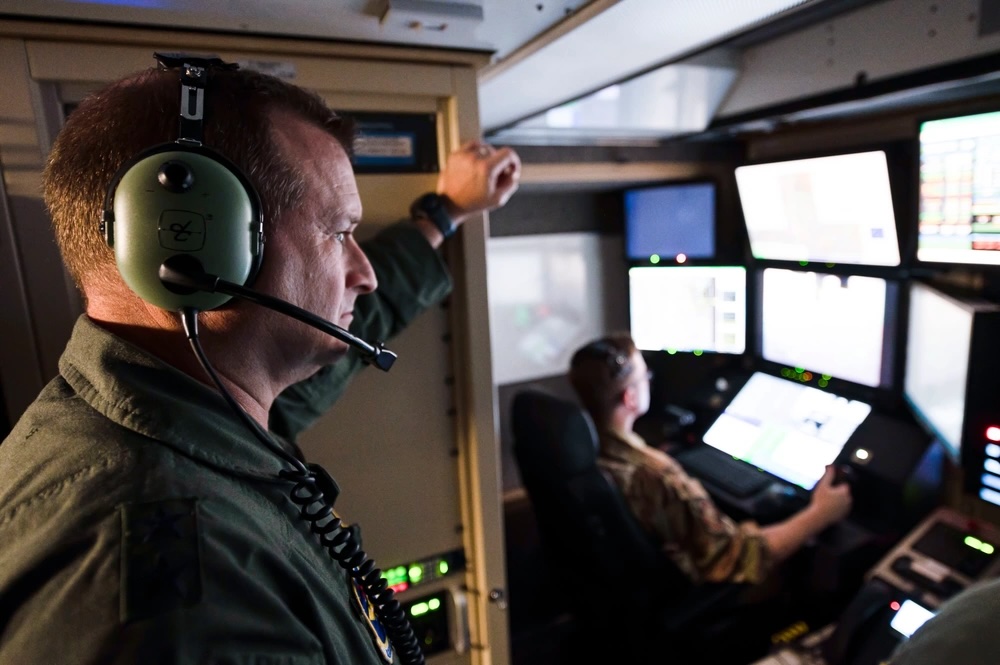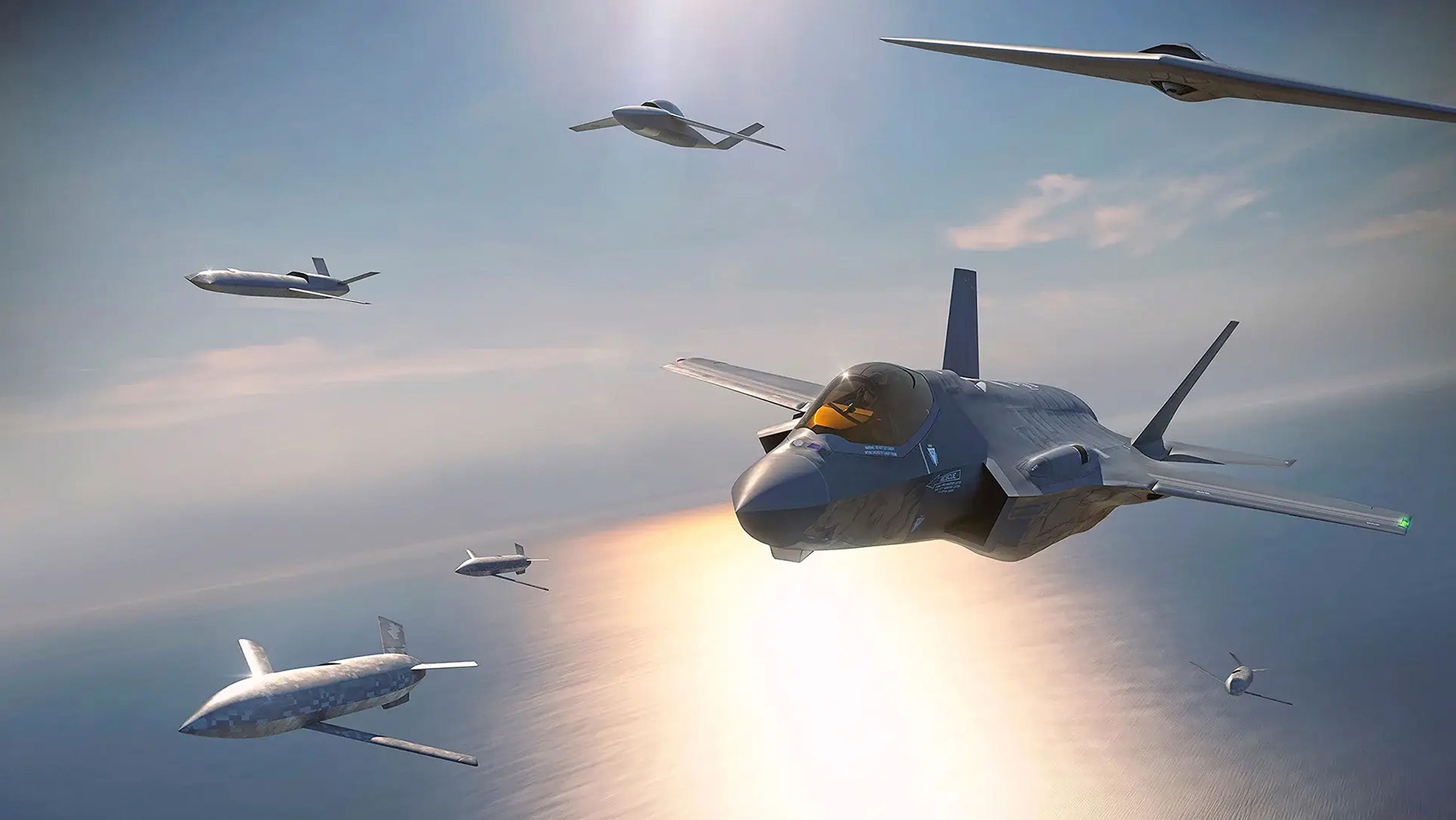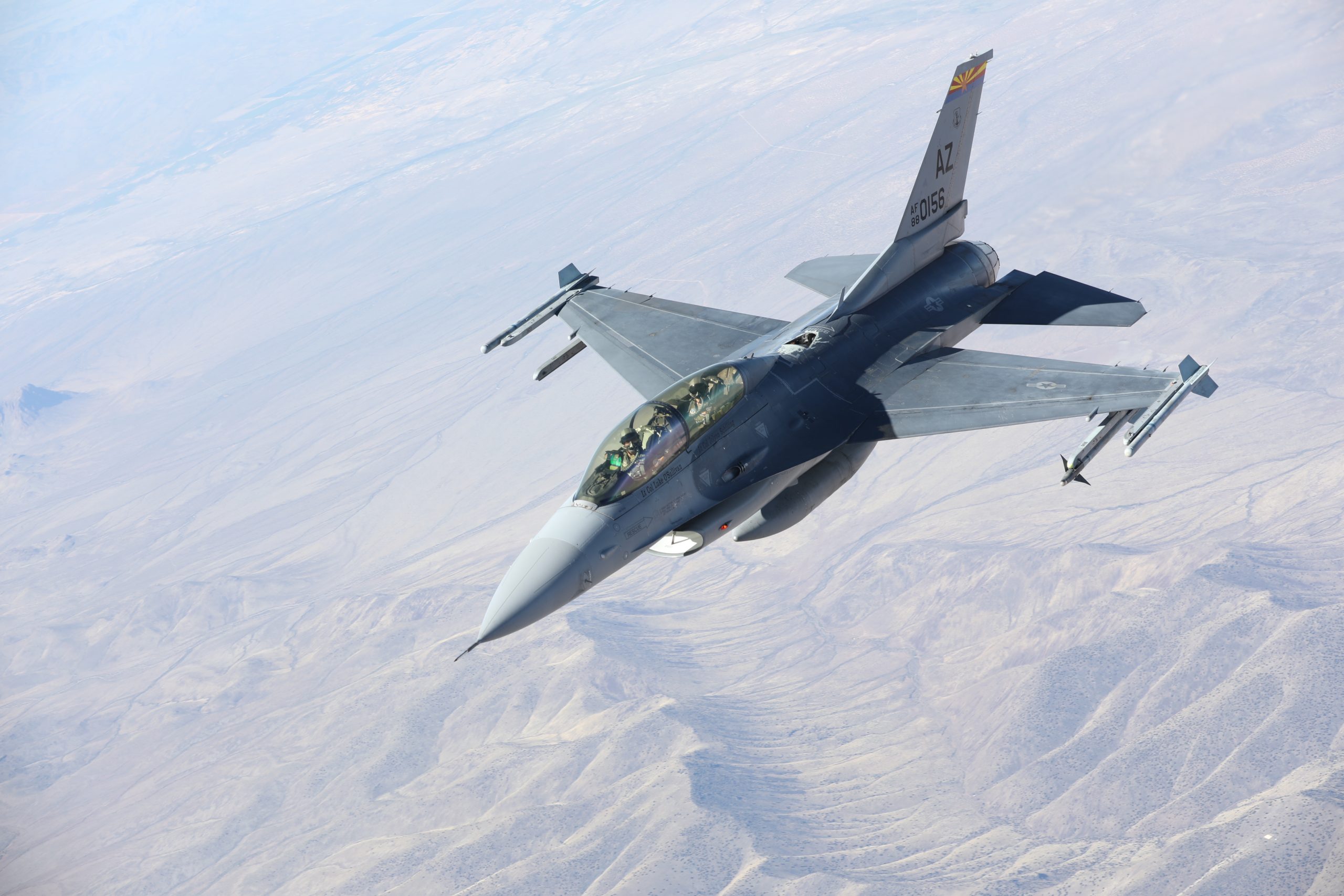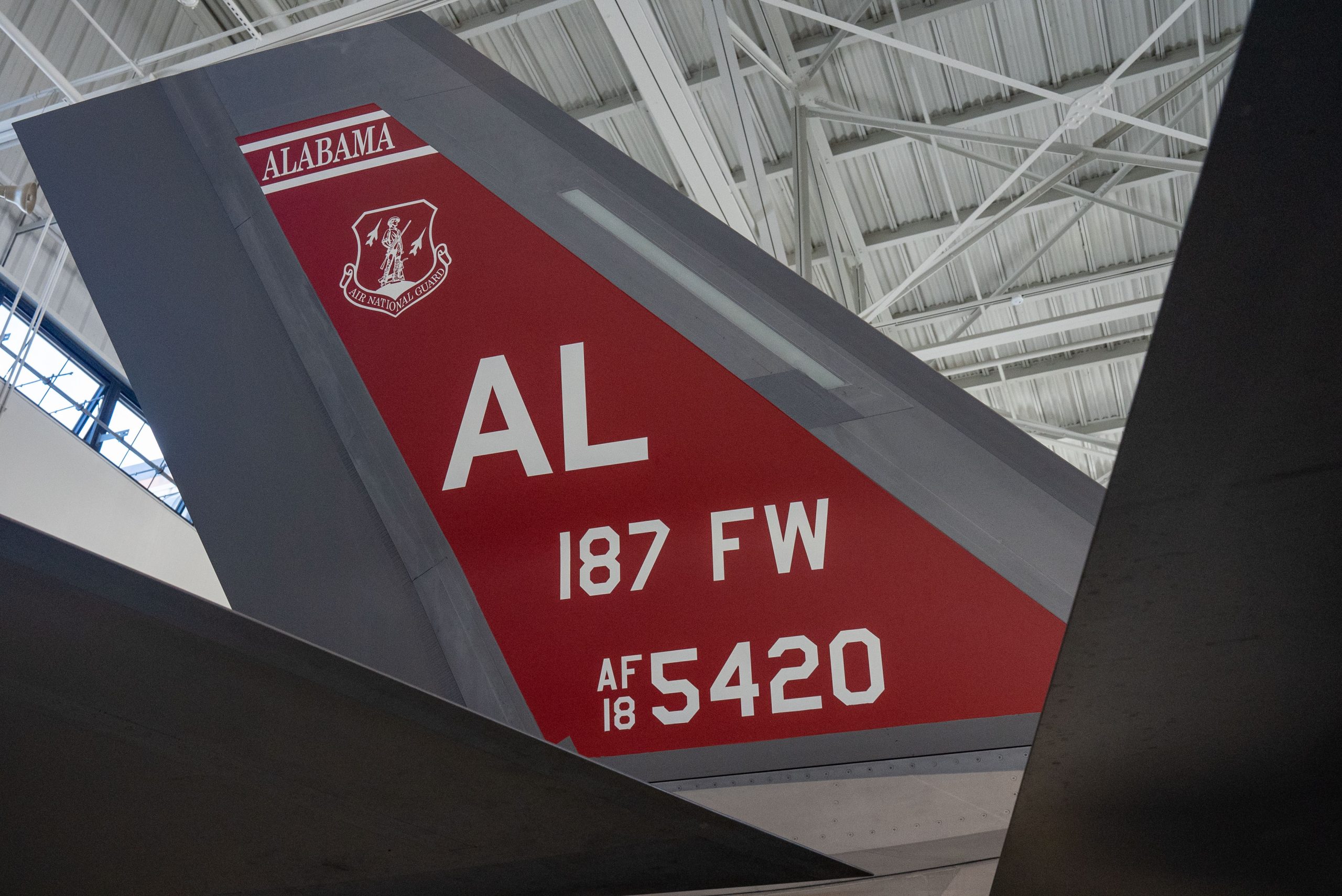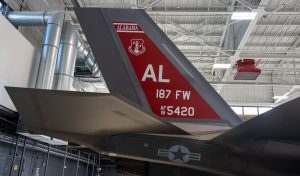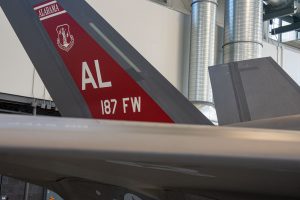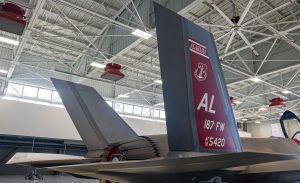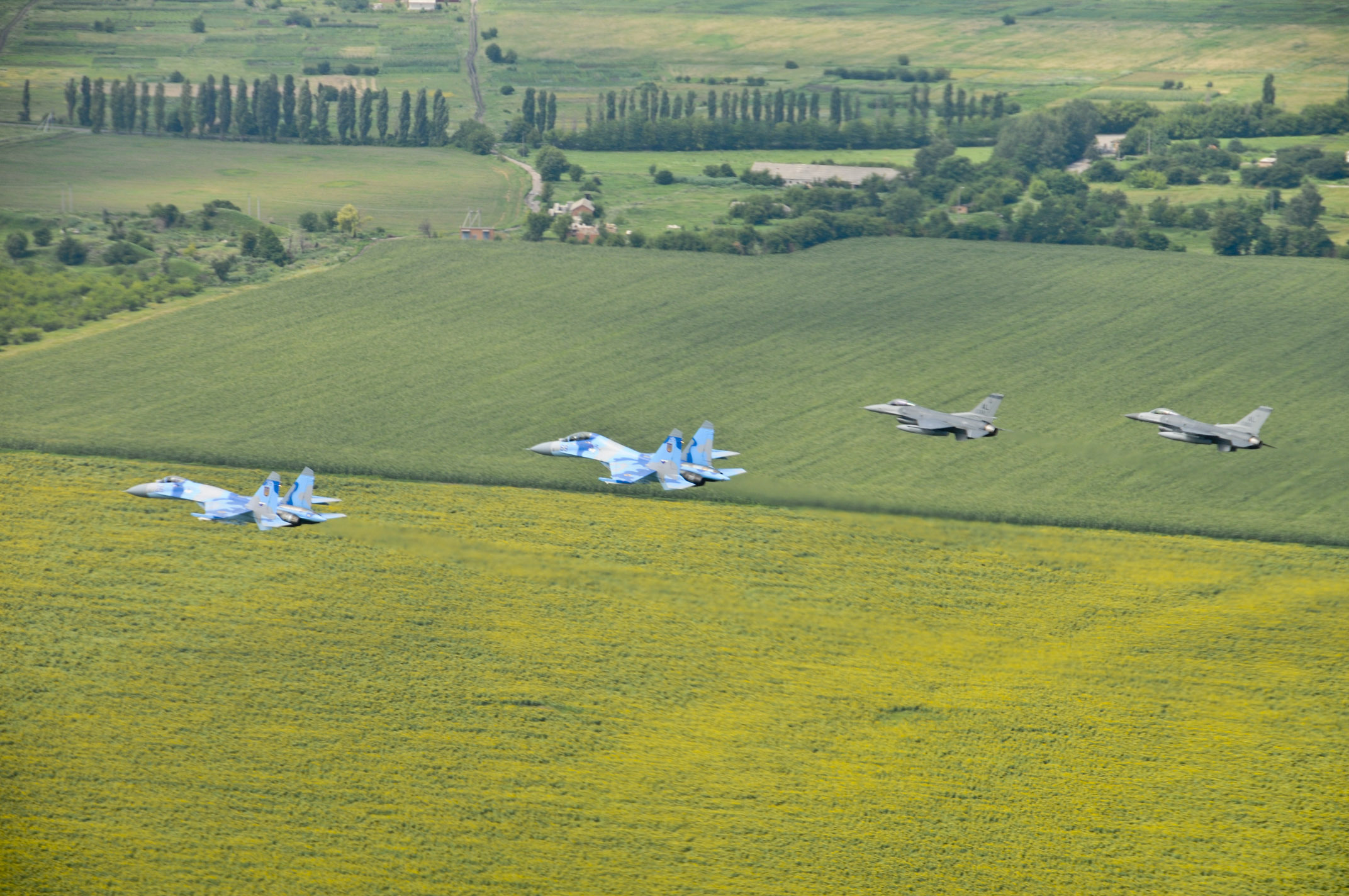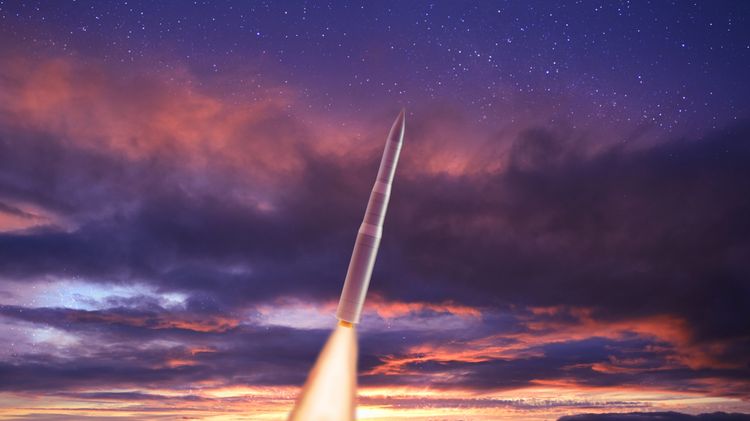A number of B-1 bombers from Ellsworth Air Force Base, S.D., and some 250 personnel have moved to Dyess Air Force Base, Texas, the other Lancer base, to continue training and operations while the wreck of a B-1 that crashed Jan. 4 is investigated, Air Force officials said.
The number of aircraft moved is being withheld as an operational security matter, although an Ellsworth press release referred to “several” jets taking off from the base.
While at Dyess, where they are expected to remain for at least several weeks, Ellsworth aircrews will fly the bombers and Ellsworth ground crews will sustain them.
Dyess was not immediately able to say whether the visiting personnel are being put up in base housing or whether they are simulating a deployment to an austere location and setting up a tent city.
The Ellsworth runway has been closed since the accident, when a B-1 landed short of the overrun, continued onto the runway centerline, then veered off into the grass on the airfield. The four crewmembers ejected safely from the jet and were released from medical care after receiving treatment for minor injuries.
The Air Force has not yet said whether the jet will be written off or is repairable. Images of the wreck suggest the bomber was severely damaged. An accident investigation team has been assembled, but such probes can take months or even years to be completed.
An Ellsworth spokesperson said dispatching the bombers to Dyess indicates that the 28th Bomb Wing is ready for action despite the accident and subsequent closure of the runway. However, the runway was re-closed “until further notice,” after the bombers departed, he said.
The wreck remains just off the runway, he said, as the investigation continues. The base could not provide a timetable about when the bomber will be moved or dismantled.
“Base officials worked closely with the aircraft accident investigating team to inspect the airfield, ensured it was safe and then generated bombers for training missions that concluded with the aircraft landing at Dyess Air Force Base, Texas,” the spokesperson said. In the aftermath of such an accident, the airfield must be closely searched to ensure that no pieces of the wreck, which may have flown off during the crash, could be ingested into aircraft intakes. Parts as small as bolts, screws or scraps of sheet metal could ravage an aircraft engine and cause another accident.
Col. Seth Spanier, commander of the 7th Bomb Wing at Dyess, and former deputy commander at Ellsworth, said the deployment will allow B-1 crews to operate together and share knowledge, which will enhance readiness.
After Congress permitted the Air Force to divest 17 of its 62 B-1Bs two years ago, Global Strike Command has operated 45 B-1s at the two bases. Assuming the crashed aircraft is not returned to service, the Air Force will be down to 44 B-1s out of an original fleet of 100.
Since its introduction in the 1980s, the B-1 inventory has been reduced due to the expense of maintaining the swing-wing bombers. In the waning years of the Iraq and Afghanistan wars, the B-1 was heavily tasked in combat, due to its high speed—to respond to troops in contact—as well as its large payload and the varied mix of weapons it could carry. Flying loitering patterns above the battlefield, though, the jets’ swing-wing pivot points were over-stressed, leading the Air Force to request reducing the fleet size. The service said at the time that it would cost upwards of $30 million per jet to restore the bombers to a condition that would allow them to achieve a normal mission capable rate.
With 17 recently-operational B-1s stored at the Davis-Monthan Air Force Base, Ariz. “Boneyard,” it may be possible to return a retired B-1 to operational duty, but the Air Force has not said whether it is considering such a move.
The Air Force continues to conduct structural fatigue tests on a B-1 carcass and wing, bending and stressing them with bars and pulleys to simulate years of flying, in order to anticipate the kinds of material failures the fleet is likely to encounter in the future. The goal is to simulate two full lifetimes of B-1 operations. The tests are occasionally suspended to install strengtheners and other modifications being applied to the active fleet, in order to keep the test articles comparable to those in the field.
The B-1 is slated to be replaced by the B-21 Raider sometime this decade, and Ellsworth already has numerous military construction projects underway to be ready to receive the new stealth jets. Ellsworth will be the first operational B-21 base.

